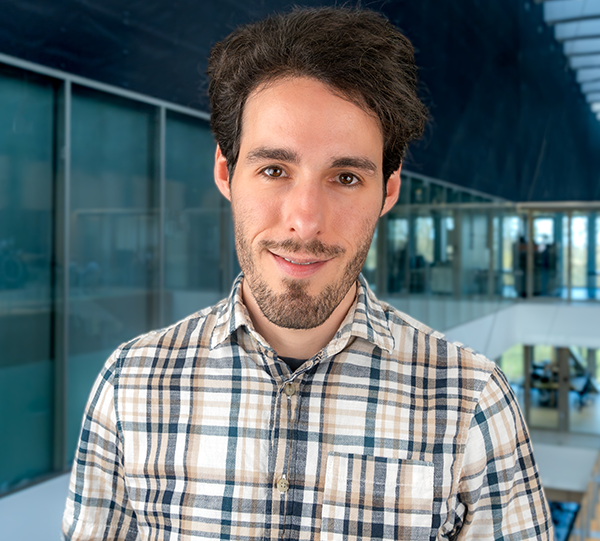While working on a bachelor’s degree in astronomy, I discovered a love for the technology that makes obtaining all this knowledge about our universe possible. Therefore, I decided to pursue a master’s degree in astronomical instrumentation, with a focus on programming. After a project with ESA to build a new type of space simulator, I started at SRON in the summer of 2021.
Here, I spend most of my time on the X-ray integral field unit (X-IFU), an imaging spectrometer aboard ESA’s future space telescope NewAthena. I work both on the ground support software, which we use during development to monitor and control our lab equipment, and on embedded (flight) software that is part of the instrument itself.
X-IFU: detector and FPA
The detector is an array of superconducting transition edge sensors (TESs). SRON contributes the focal plane assembly (FPA), which isolates the detector thermally and shields it from external disturbances. To test the performance of the FPA, we need to be able to read out the detector, using either a frequency- or a time-division multiplexing (FDM/TDM) technique. I write the software that interfaces with the readout electronics, and drivers for other lab equipment.
X-IFU: FAB
The FPA auxiliary box (FAB) measures and regulates the temperature of the FPA’s T0 stage, the coldest part (50 mK!) which houses the detector. This temperature needs to be extremely stable and accurate. The “brain” of the FAB will be a space-qualified microcontroller. I am responsible for writing the embedded software (in C/C++) that runs on this microcontroller, and which allows the FAB to perform all of its functions.
Egress
Egress is SRON’s generic ground support software platform. Both the TES FDM and the TES TDM readout software are project-specific extensions of the core Egress package. We also use Egress to interface with the FAB from a PC. Usually, everyone in our software engineering team works on separate projects, but we collaborate on maintaining and improving Egress.



